Whether you are a shooting newbie or a seasoned professional parallax adjustment can be confusing. Chances are you have an idea what it is but are not entirely sure. Some say it’s one of the most misunderstood concepts among shooters. This article is an in-depth look at parallax. After reading, it will be crystal clear what parallax is, does and why we need it. When looking around on the web or perusing the local gun store, you will see all these different explanations of what parallax actually is.
Parallax is a focusing tool that allows you to line up your reticle with your target objectives on a proper plane, not only to give you better focus but also to give you a better sight picture and pinpoint accuracy.
Unlike the reticle adjustment located at the back of your optic, where you are focusing the reticle to your own eye (and changes from shooter to shooter), parallax is adjusting the reticle to your target objective, which means it will not change from shooter to shooter it has to do with what’s inside the optic. Before getting into how to properly adjust parallax, you must first make sure your reticle is properly focused.
We have muscles in our eyes, so when we pull up a rifle and look through the scope, our own eye muscles are going to try to adjust and make the reticle look clear, but that doesn’t actually mean the reticle is in focus. What we are going to need to do to focus the reticle is look at a white background or something that does not have an object in the distance, what this is going to do is allow your body to focus strictly on the reticle and not on any object in the distance, personally I like to look at the sky (stay away from the sun) when doing this.
When you pull the scope up to your eye if the reticle still looks blurry then adjust it to the left or the right until it looks clear. Once the reticle is perfectly clear, now you know the reticle is set to your particular eye.
Now that we have that done, we can start focusing on the parallax adjustment. But before we get started, let’s do a little experiment to better understand parallax, close one eye and hold your finger up to the computer screen. Have your finger cover an image or a word, while focusing on your finger shift your head left or right, as you probably noticed your finger is no longer covering that image or word this is essentially what parallax adjustment fixes, as we look through our scopes our heads often shift a little from left to right or up and down.
Without parallax it will look like the target has also shifted, so we will move our guns in order to adjust and once we fire, we will certainly miss our intended target. This is where parallax actually helps. It allows you to not have to be completely dead center behind your scope at all times when shooting.
When adjusting your parallax, you will not see huge changes in where the bullet strikes the target. Maybe 50 mm here or 40 mm there, but that is the difference between a kill shot when out hunting deer or other big game. If you are looking for precision bullet on bullet shooting, then a scope with parallax adjustment is the only way to go
An accurately adjusted parallax takes away one variable of why people often miss their target and as we all know, there are many variables that go into successfully hitting your mark.
There are so many factors that can mess us up when shooting, but that doesn’t mean you’re a bad shooter. It could actually mean you’re a great shooter, but your gear is not set up correctly. As a result, we should all pay attention to the finer points of precise shooting.
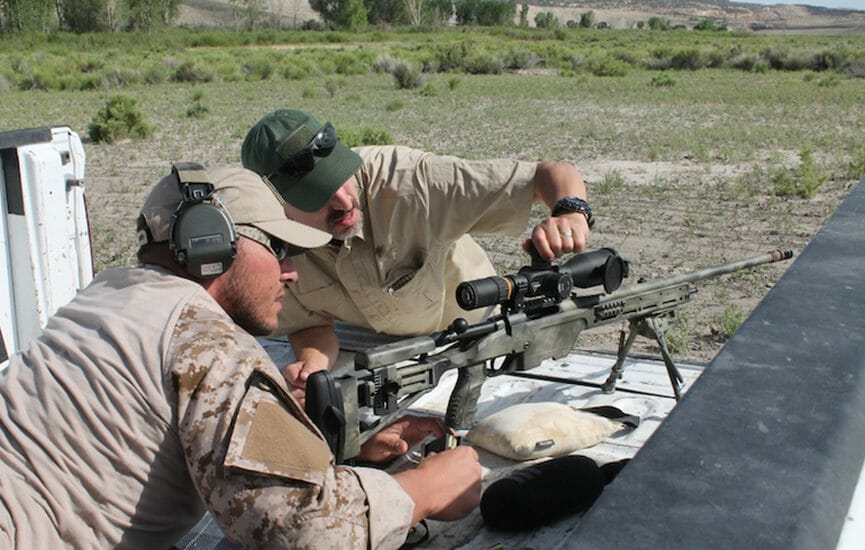
How to adjust a parallax scope
When adjusting your scope for parallax, the first thing you want to do before firing is to make sure your scope and gun are completely stable, so investing in a bipod for the front of your gun may be a good idea.
Making your gun stable is important so we can eliminate a big variable of why your shot might be off. Once your gun is completely rested solid and you have it aiming at a target around 300 or 400 yards, you can begin.
Get behind your scope like you’re going to shoot, but be careful not to touch the scope. Even the tiniest nudge could throw it off its mark. Now, while looking through the scope, wiggle your head up and down and left and right. You need to look for any movement of the crosshairs off of your target. This movement of your head up and down and left and right while you’re looking through the scope is called the “bobblehead test.”
When first doing the bobblehead test, you will probably notice the crosshairs move off of your target. What you want to do is slowly adjust the parallax knob until the cross airs barely move when the crosshairs don’t move at all, then you have found your sweet spot.
Once you have your sweet spot dialed-in pay attention to where your parallax knob is set, most scopes with a parallax dial will have a yardage indicator written on it but some do not. A helpful tip is if your scope does not have parallax yardage on it, put a white piece of tape around the knob and mark and mark that sweet spot with a pen.
Once you have your scope dialed in at 400 yards and marked with a pen, you can do the bobblehead test again for 100, 200, and 300 yardages, this will help when you are out at the range or hunting so you can quickly dial your parallax to whatever range your target is at.
Do I need parallax adjustment?
Now last but not least, who needs parallax adjustment? As already mentioned, parallax helps with precision, so if you’re looking to go out to the range and just have some fun with your .22 then maybe parallax isn’t for you. But if you’re looking to hit that small target at 300 or 400 yards, then an adjustable parallax knob is crucial.
Arory scopes
These days when shopping for scopes most scopes with a parallax adjustment are extremely expensive. If you’re looking for a scope that doesn’t break the bank then take a look at ARORY. ARORY offers the functionality of a 1,000 dollar scope at a fraction of the price. We at ARORY understand the principle of why it is important to have parallax adjustment, and that is why we have come out with a new series of tactical rifle scopes with a parallax knob.

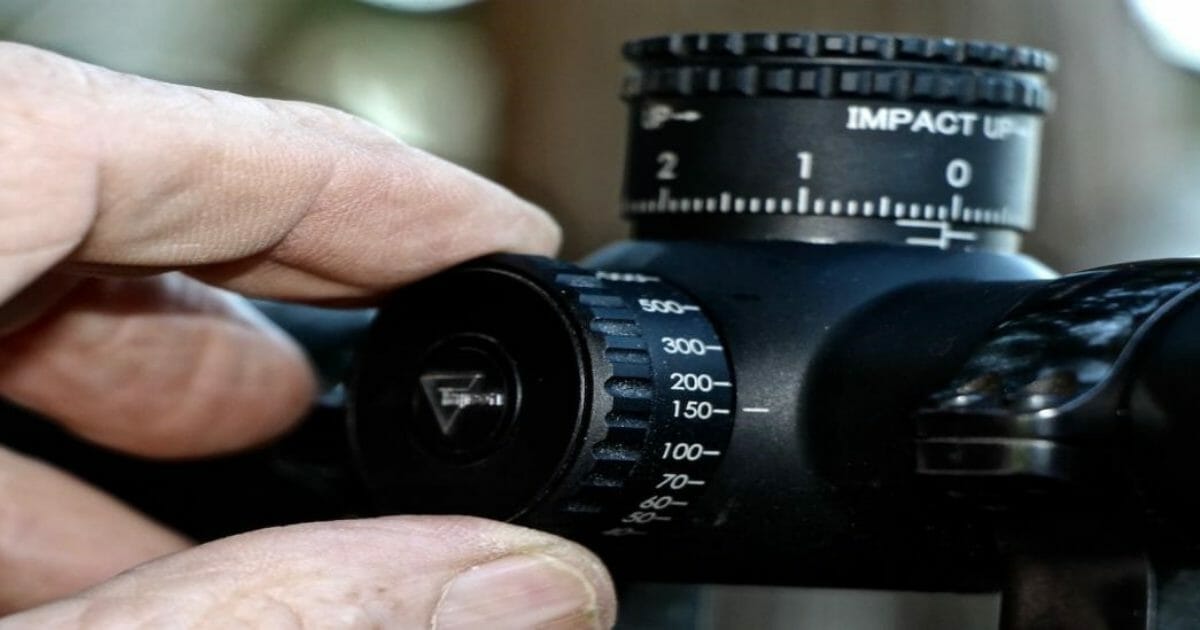
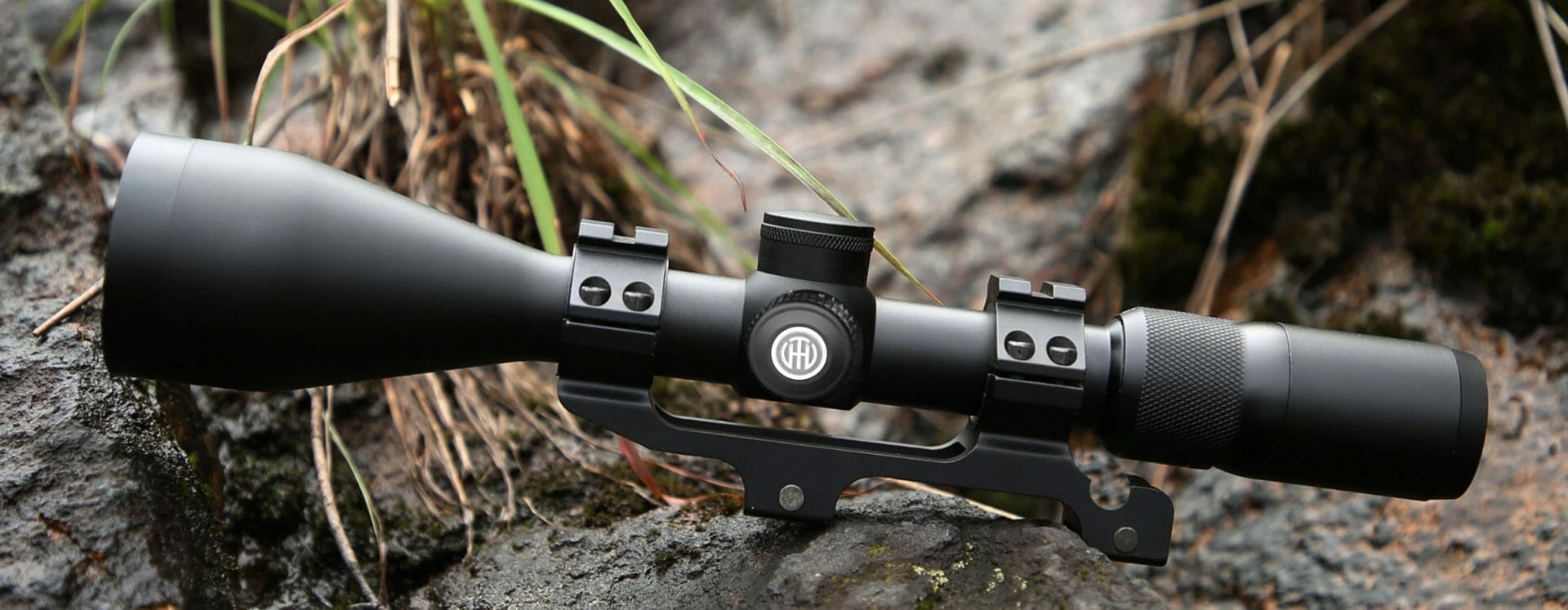

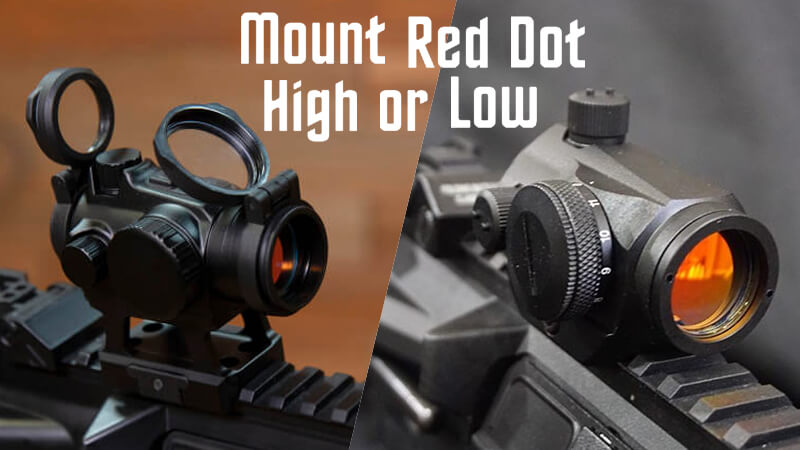
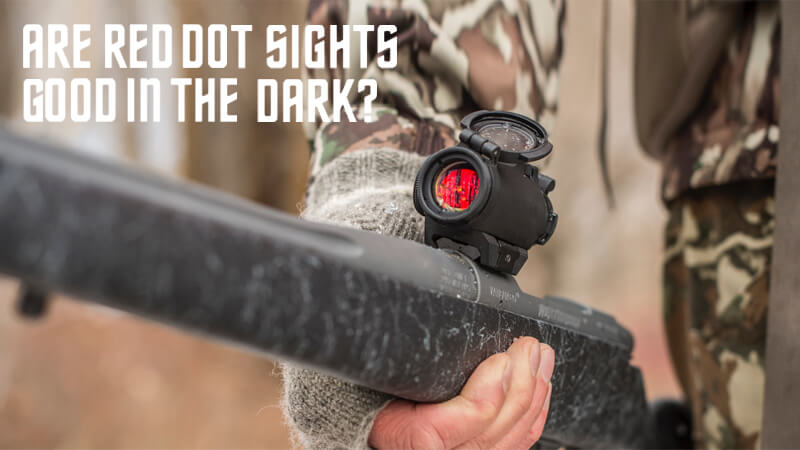
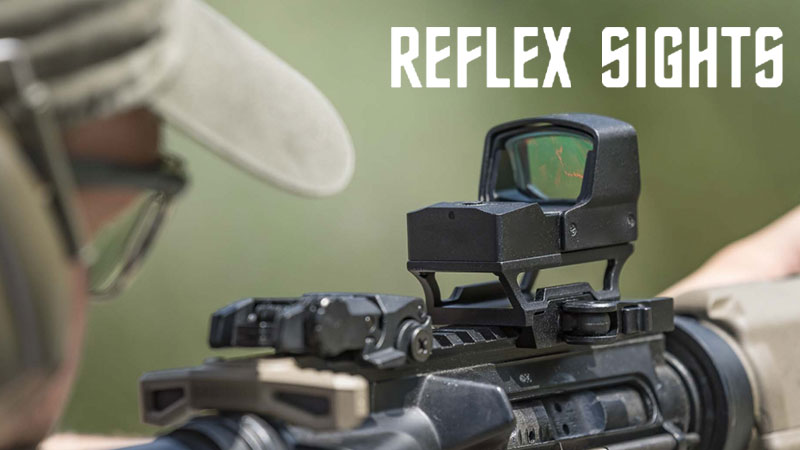

This helped me out, thanks